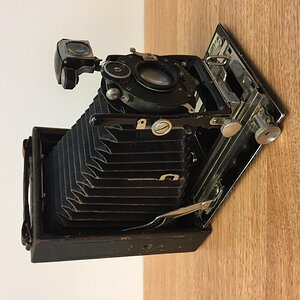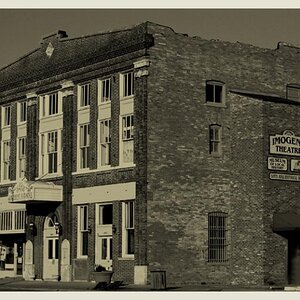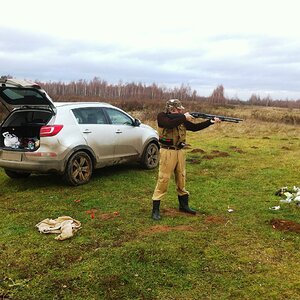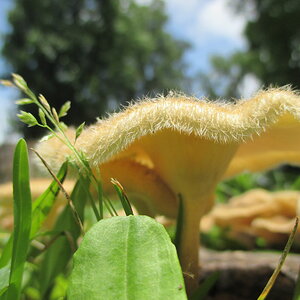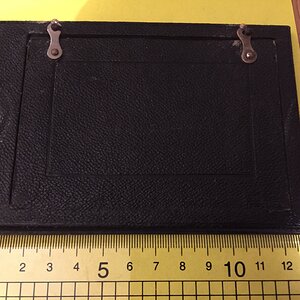Stradawhovious
Been spending a lot of time on here!
- Joined
- Nov 8, 2010
- Messages
- 3,241
- Reaction score
- 911
- Location
- Minneapolis, MN
- Can others edit my Photos
- Photos OK to edit
I did this a few years ago to give myself a visual example of the 3 main factors that influence DOF... Focal length, Distance from Subject and Aperture. I did not include sensor size, as I only have crop sensor bodies. Depth of Field (referred to from now on as DOF) is the measure of what part of the photograph is in focus. The shallower the DOF, the less of the frame that is in focus. In all the photos, the plant is about 18" behind the "subject". I vaguely remember posting this here a while ago, but was unable to find it. THere are a multitude of folks new to photography that ask about this concept on a pretty regular basis... I thought that visual examples would be helpful.
Lets go to the examples. First one I'd like to address is Aperture. It's probably the easiest to do since you don't need to switch lenses, shift your feet or recompose due to a shift in FL. Simply put, the wider the aperture (smaller the F/number) the shallower the DOF.
Both of these photos were taken at the same distance from the subject with a 50mm 1.8 lens. The first was taken at f/8, and the second was taken at f/1.8.


Next, let's move on to distance from the subject. These next two photos were both taken with the 50mm 1.8, f/8. but the second I (obviously) moved the camera much much closer to the subject.
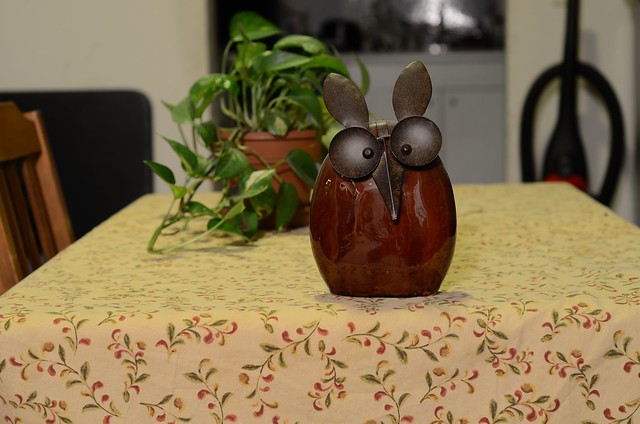
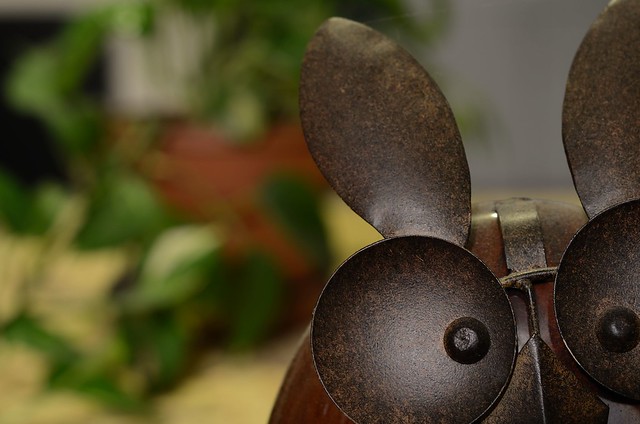
(I love this picture.)
And last, is Focal Length. For the first shot, I used the 50mm 1.8 at f/5.6 and the second I left the camera in the same spot and replace the 50mm 1.8 with a 185mm 2.8 shot at f/5.6
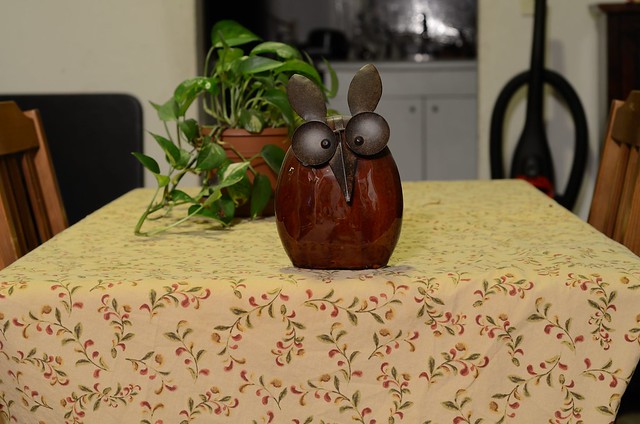
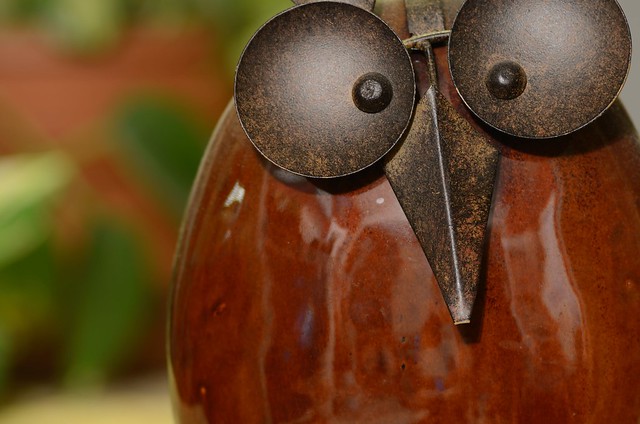
I used some pretty extreme examples here, but hopefully you can see how those three different factors will affect DOF.
Lets go to the examples. First one I'd like to address is Aperture. It's probably the easiest to do since you don't need to switch lenses, shift your feet or recompose due to a shift in FL. Simply put, the wider the aperture (smaller the F/number) the shallower the DOF.
Both of these photos were taken at the same distance from the subject with a 50mm 1.8 lens. The first was taken at f/8, and the second was taken at f/1.8.


Next, let's move on to distance from the subject. These next two photos were both taken with the 50mm 1.8, f/8. but the second I (obviously) moved the camera much much closer to the subject.


(I love this picture.)
And last, is Focal Length. For the first shot, I used the 50mm 1.8 at f/5.6 and the second I left the camera in the same spot and replace the 50mm 1.8 with a 185mm 2.8 shot at f/5.6


I used some pretty extreme examples here, but hopefully you can see how those three different factors will affect DOF.



![[No title]](/data/xfmg/thumbnail/32/32701-51bacbc6ea9d40683123c14f053d4742.jpg?1619735603)
![[No title]](/data/xfmg/thumbnail/37/37604-7ad625e983f92f880eb65a264eeef5e4.jpg?1619738148)
